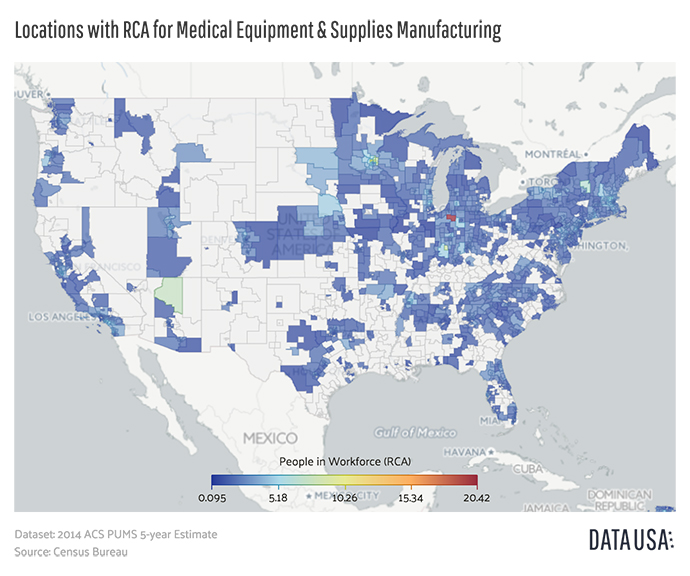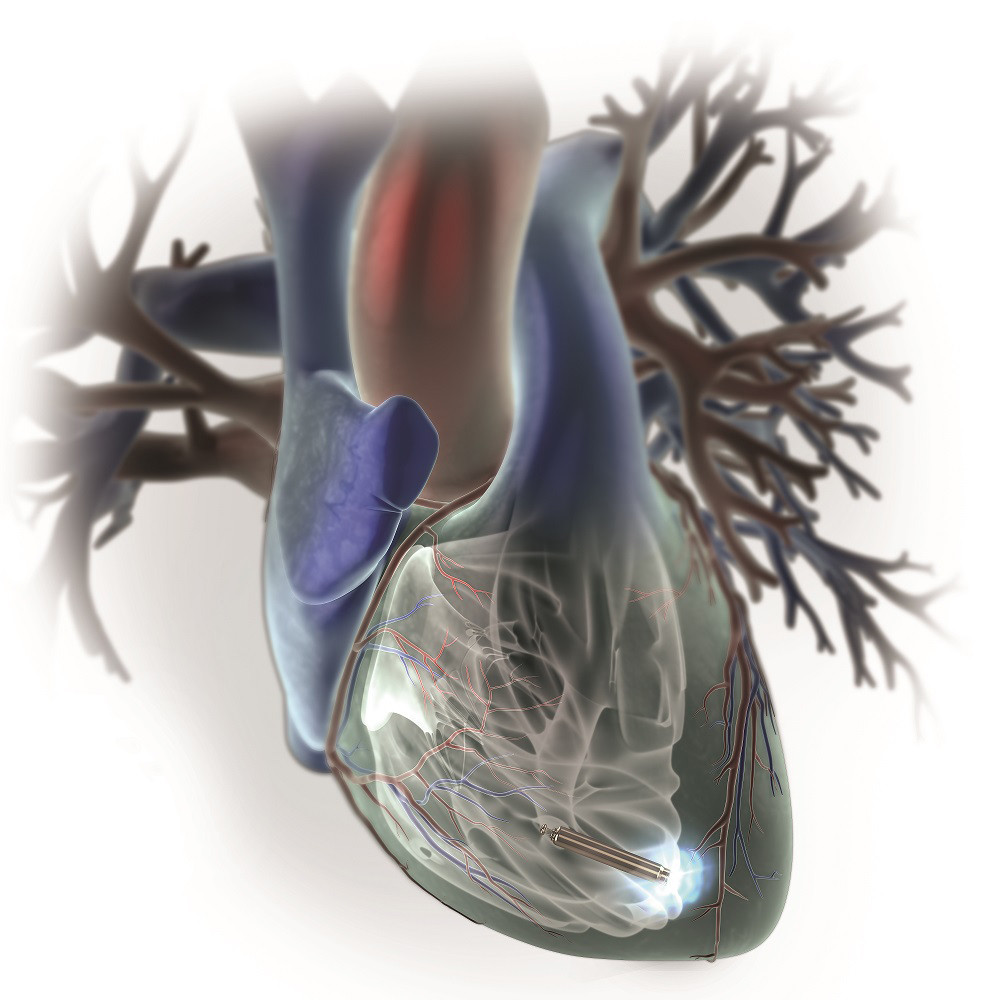When an industry niche supports 30,000 jobs and $300 million of annual private-sector investment in your state, it’s no time to worry about over-dependence. More like time to double down.
That’s what’s happening in the Greater Minneapolis-St. Paul area, whose furthest outskirts in February welcomed an $11-million, 104-job investment in Delano, in Wright County, by St. Paul-based contract medical device manufacturer Sil-Pro. The silicone and thermoplastic medical devices and components company, supported by incentives from the Minnesota Department of Employment and Economic Development (DEED), plans to add 57,000 sq. ft. to an existing building. The new jobs will pay an average hourly wage of $19.60 within three years. Sil-Pro has more than 250 workers and a customer base that includes Boston Scientific, 3M and Johnson & Johnson.
Doubling down is also appealing to the industry at large: Within the past 24 hours, Illinois-based Abbott Laboratories announced it was acquiring St. Paul-based St. Jude Medical for a cool $25 billion. Together the companies employ 92,000 people worldwide (74,000 at Abbott).
“Bringing together these two great companies will create a premier medical device business and immediately advance Abbott’s strategic and competitive position,” said Miles D. White, chairman and CEO of Abbott. “The combined business will have a powerful pipeline ready to deliver next-generation medical technologies and offer improved efficiencies for health care systems around the world.”
Data You Can Use
Some of the rationale behind the acquisition can be traced to the talent behind that pipeline.
The newly launched DataUSA product from Deloitte, Professor Cesar Hidalgo of MIT Media Lab and DataWheel includes public use microdata on employment that reveal the areas with highest comparative advantage. The data in April revealed that the top locations with a relatively high concentration of employees in medical equipment and supplies manufacturing are:
- Kosciusko and Marshall Counties, Indiana (the Warsaw area, home to Zimmer Biomet)
- The Greater Minneapolis-St. Paul areas of Brooklyn Park, Maple Grove (East) and Osseo Cities, in Hennepin County
- Plymouth, Maple Grove (West) and Medicine Lake Cities, also within Hennepin County.
They are followed, in order, by the following Public Use Microdata Areas (PUMAs), defined by the US Census Bureau as areas that nest within states, contain at least 100,000 people, are built on census tracts and counties, and are for the most part geographically contiguous. The “nested within a state” and other requirements force analysts to do some work, but it doesn’t take long to see the cluster develop:
- Bloomington City, Indiana
- Washington County (North) in Minnesota (eastern St. Paul)
- Anoka County (East) in Minnesota (north of the Twin Cities)
- Flagstaff, Arizona
- Warren & Washington Counties, New York (north of Saratoga Springs)
- Santa Clara County (North Central)–Milpitas & San Jose (Northeast) in California
- Garden Grove City (East) in California
To summarize: Four of the top 10 are in the Twin Cities region.
No wonder, then, that the Minneapolis Saint Paul Regional Economic Development Partnership (Greater MSP) on May 10 will officially launch the Minnesota Medical Manufacturing Partnership, a strategy to further strengthen the area’s ecosystem for medical manufacturing and “globally brand Minnesota’s medical and life sciences cluster.”
The MMMP was one of 12 groups designated in July 2015 by the US Department of Commerce under the Investing in Manufacturing Communities Partnership (IMCP) initiative. The 12 groups were selected by an interagency panel, based on the strength of their economic development plans, the potential for impact in their communities, and the depths of their partnerships across the public and private sectors to carry out their plans. They will receive coordinated support for their strategies from 11 federal agencies with more than $1 billion available in federal economic development assistance. The groups include several with life sciences connections:
- The Greater Pittsburgh Metals Manufacturing Community led by Catalyst Connection in Pittsburgh, Pennsylvania.
- The Alamo Manufacturing Partnership, led by the University of Texas at San Antonio in the San Antonio, Texas, metro area.
- The Louisiana Chemical Corridor led by Louisiana State University, stretching from New Orleans to Baton Rouge.
- The Madison Regional Economic Partnership (MadREP) in Wisconsin
- The Made in the Mid-South Manufacturing Alliance led by the Greater Memphis Chamber spanning five counties
- The Greater Peoria Economic Development Council leading a five-county region in central Illinois.
- The Minnesota Medical Manufacturing Partnership
- The South Central Idaho Region led by the Region IV Development Association in Twin Falls, Idaho.
- The Utah Advanced Materials and Manufacturing Initiative led by the University of Utah in the Wasatch Front region
- The Pacific Northwest Partnership Region, led by Business Oregon in Oregon and Southwest Washington
- The Connecticut Advanced Manufacturing Communities Region, an eight county area centered on Hartford, Connecticut, is led by the State of Connecticut Department of Economic and Community Development.
- The Central Valley AgPlus Food and Beverage Manufacturing Consortium led by California State University in Fresno
“An IMCP designation is an important signal to potential investors that these communities are a good place to spend their money, and this is smart government at work,” said US Commerce Secretary Penny Pritzker last summer. “By breaking down silos and encouraging communities to take a more thoughtful, comprehensive approach to their strategic plans, we are ensuring that precious federal dollars are used on the most high-impact projects and in a way that maximizes return on investment.”

In Minnesota, the University of Minnesota is central to the area’s gleaming track record, and will be a crucial part of the new MMMP’s future.
“The university’s long history of expertise in developing new medical technology makes it a natural fit for this partnership,” said Maura Donovan, executive director of the U’s Office of University Economic Development, last summer. “Overall, this effort is a great example of how Minnesota can identify its key industry sectors and leverage them in creative new ways to spur economic development across the state.”
In fiscal 2014, researchers at the University’s College of Science and Engineering successfully competed for externally sponsored research awards totaling more than $140 million, which includes support for research aligned with engineering needs and opportunities in the med tech sector. That same year, researchers disclosed more than 60 new med tech-related technologies to the university’s Office for Technology Commercialization. “And research groups within the U, like the Medical Devices Center and the Institute for Engineering in Medicine, provide researchers with opportunities to form interdisciplinary collaborations, work with industry leaders and develop cutting-edge medical technology,” said a university release.
According to the university’s Technological Leadership Institute (home to a master’s degree program in medical device innovation, launched in 2014), half of the world’s medical device companies have operations in Minnesota.
The US Bureau of Labor Statistics projects 27-percent job growth in the sector by 2018. It remains to be seen whether that growth will occur at the newly combined Abbott and St. Jude.
“Today’s announcement is an exciting next chapter for St. Jude Medical, bringing together two industry leaders with a shared passion for innovation, culture and patients,” said Michael T. Rousseau, St. Jude Medical president and CEO, at the April 28 announcement. “Our combined scale will expand the global reach, competitiveness and impact of our medical device innovation for physicians and hospitals. This transaction provides our shareholders with immediate value and the opportunity to participate in the significant upside potential of the combined organization. I’d like to thank our 18,000 employees whose hard work and commitment help us deliver leading medical technologies to patients around the world.”

